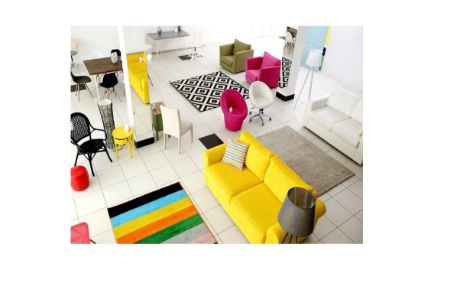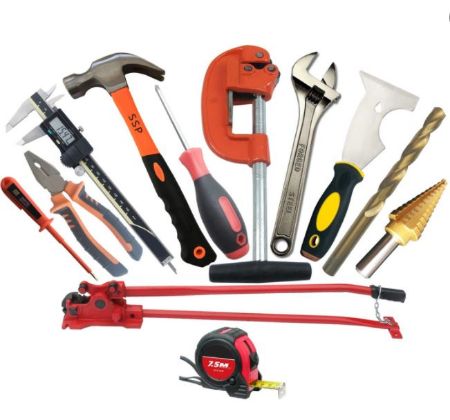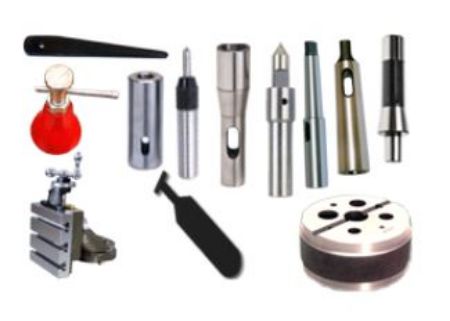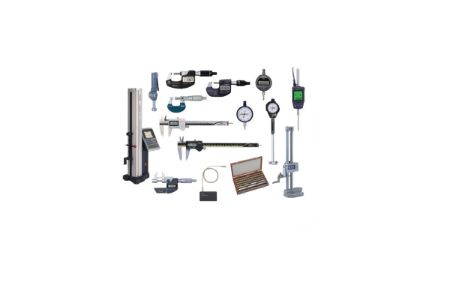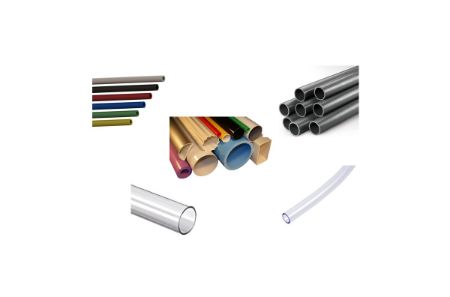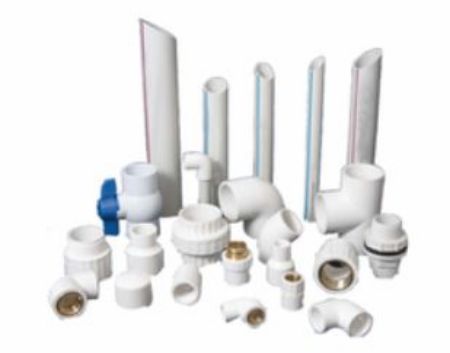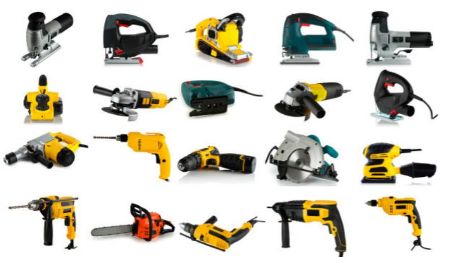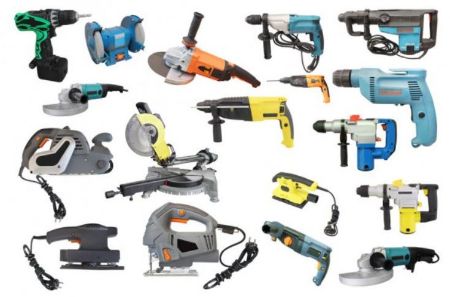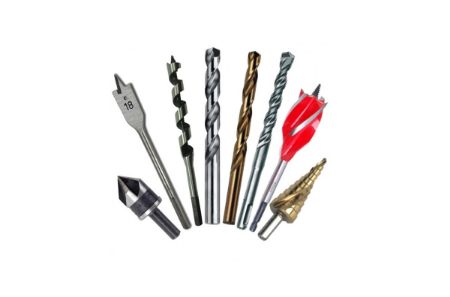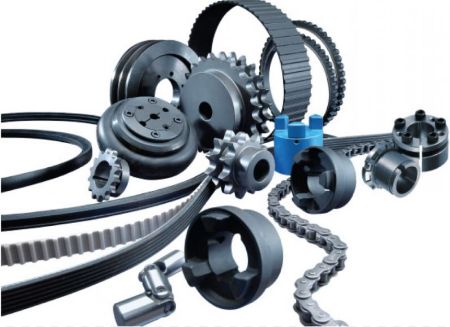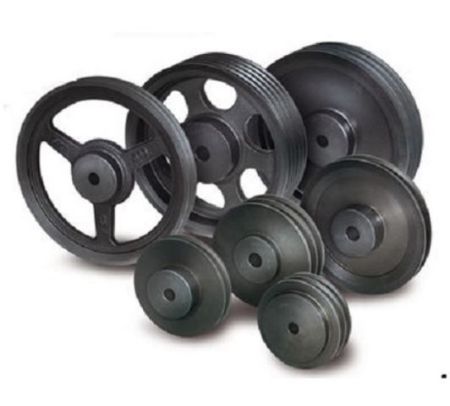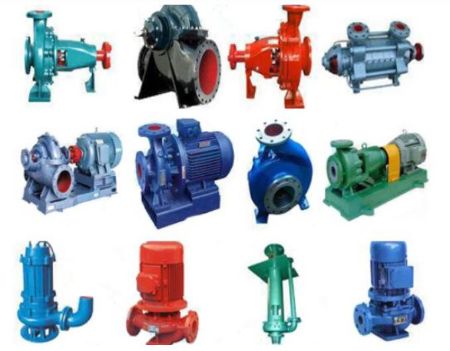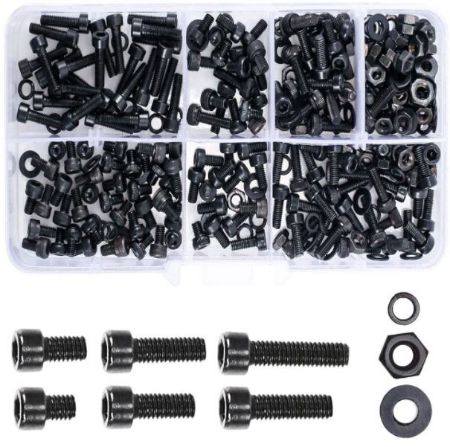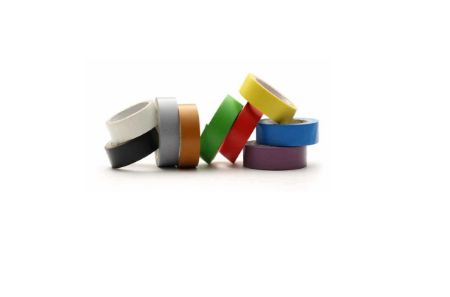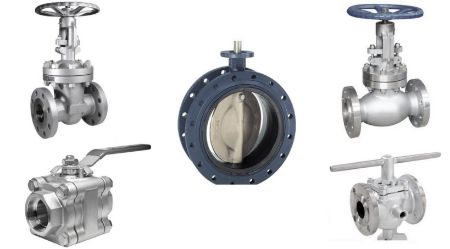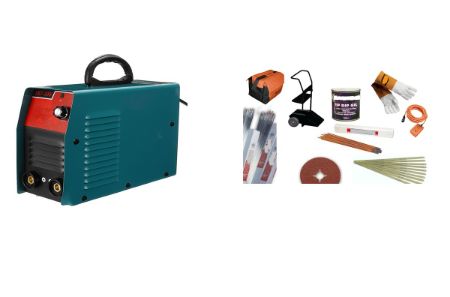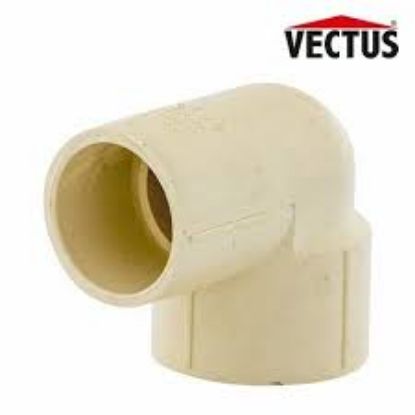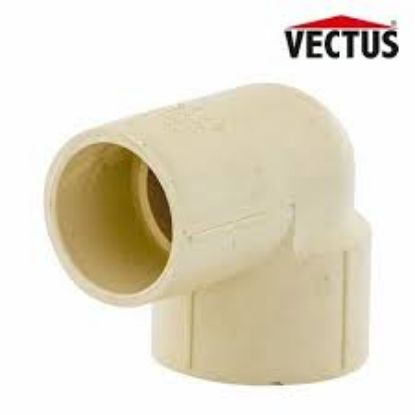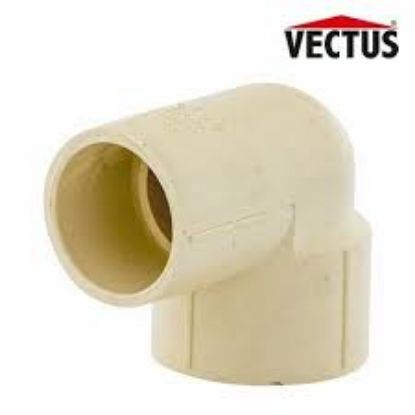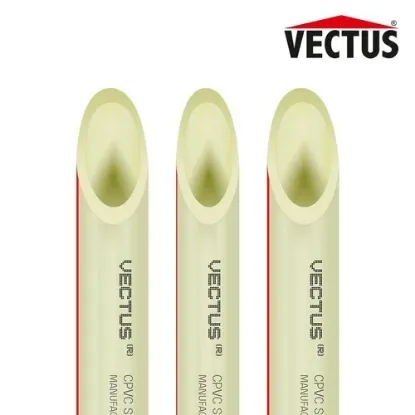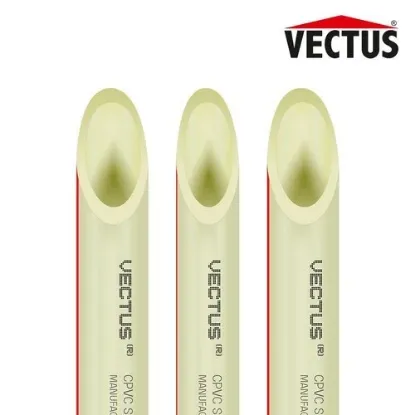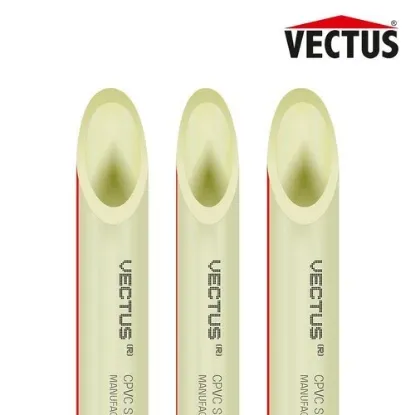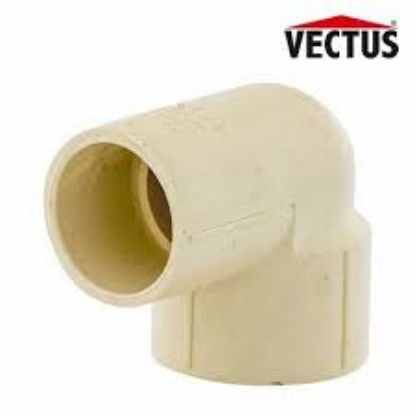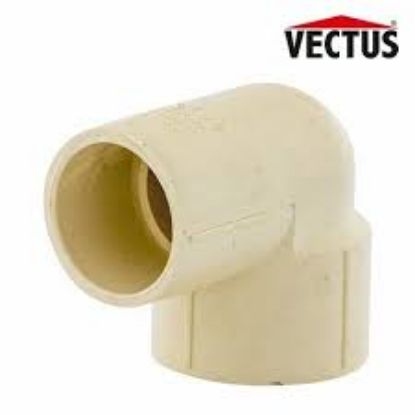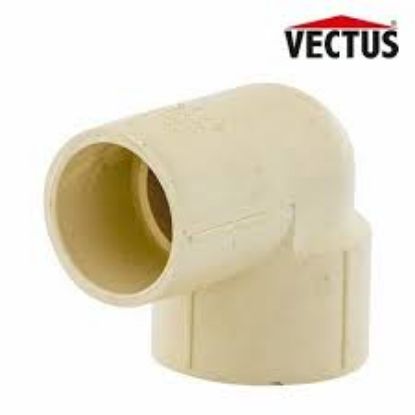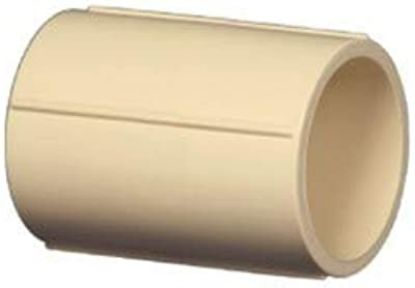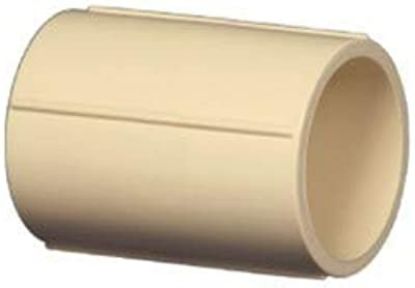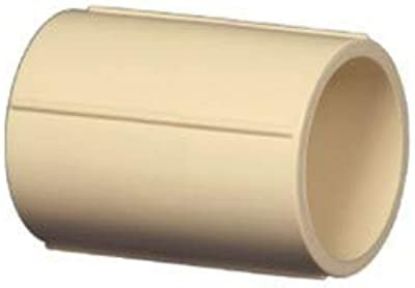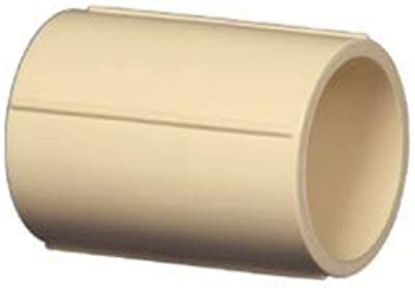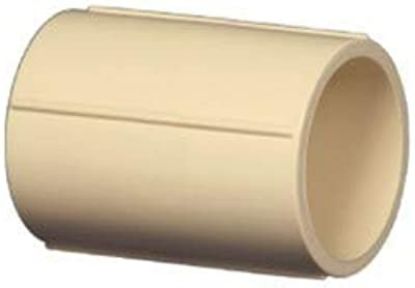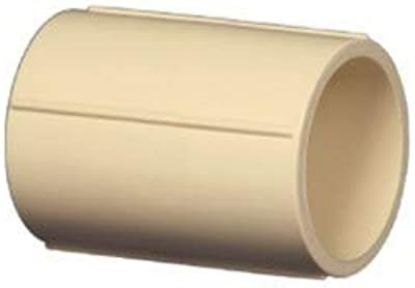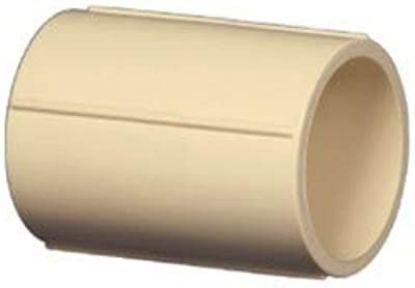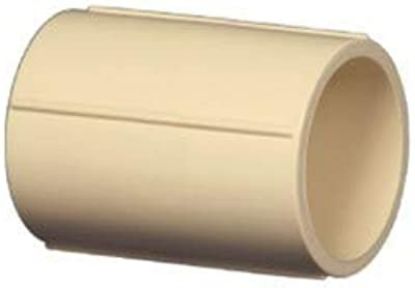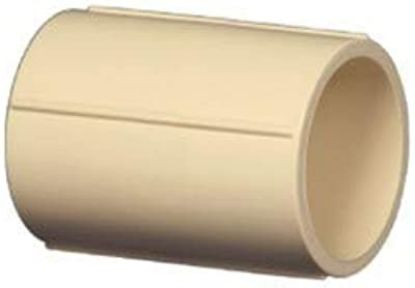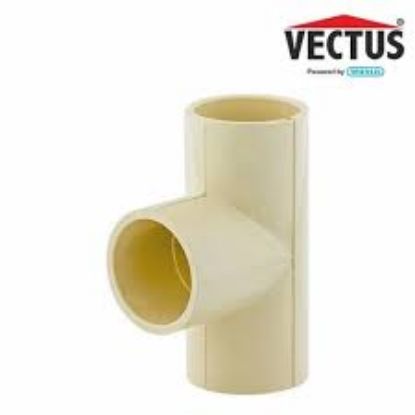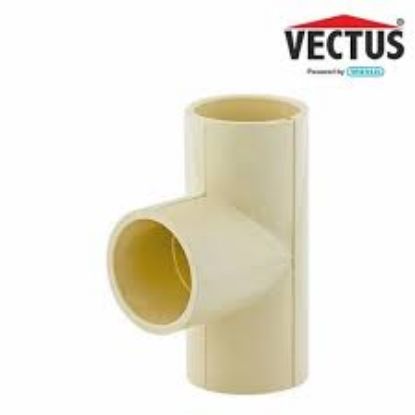Reachable at 9560662883  011-46039993 (Ext. 21 to 32) (10am - 06pm)
011-46039993 (Ext. 21 to 32) (10am - 06pm)
You have no items in your shopping cart.
Filter BY BRANDS
Tools, Spares and Hardware
Tools, Spares and Hardware
VECTUS CPVC 90 DEGREE ELBOW, SIZE - 32 MM
To make a 90-degree bend in a pipe line, CPVC 90-degree elbow fittings are used. Elbows (also known as ELLs) have two openings: either both socket, both threaded, or both socket and threaded. Our schedule 80 CPVC fittings are light grey in color and have a similar look and feel to PVC.
VECTUS CPVC 90 DEGREE ELBOW, SIZE - 40 MM
To make a 90-degree bend in a pipe line, CPVC 90-degree elbow fittings are used. Elbows (also known as ELLs) have two openings: either both socket, both threaded, or both socket and threaded. Our schedule 80 CPVC fittings are light grey in color and have a similar look and feel to PVC.
VECTUS CPVC 90 DEGREE ELBOW, SIZE - 50 MM
To make a 90-degree bend in a pipe line, CPVC 90-degree elbow fittings are used. Elbows (also known as ELLs) have two openings: either both socket, both threaded, or both socket and threaded. Our schedule 80 CPVC fittings are light grey in colour and have a similar look and feel to PVC.
VECTUS CPVC PIPE SCH 80 ,SIZE - 65 MM
Schedule 80 refers to the pipe's thickness, and CPVC refers to the pipe's chemical composition. As a result, schedule 80 CPVC can withstand the PSI levels of schedule 80 PVC, which vary depending on the size of the pipe, while also handling CPVC temperatures (2000 F).
VECTUS CPVC PIPE SCH 80 ,SIZE - 80 MM
Schedule 80 refers to the pipe's thickness, and CPVC refers to the pipe's chemical composition. As a result, schedule 80 CPVC can withstand the PSI levels of schedule 80 PVC, which vary depending on the size of the pipe, while also handling CPVC temperatures (2000 F).
VECTUS CPVC PIPE SCH 80 ,SIZE - 100 MM
Schedule 80 refers to the pipe's thickness, and CPVC refers to the pipe's chemical composition. As a result, schedule 80 CPVC can withstand the PSI levels of schedule 80 PVC, which vary depending on the size of the pipe, while also handling CPVC temperatures (2000 F).
VECTUS CPVC ELBOW 90 DEGREE ,SIZE - 65 MM
To make a 90-degree bend in a pipe line, CPVC 90-degree elbow fittings are used. Elbows (also known as ELLs) have two openings: either both socket, both threaded, or both socket and threaded. Our schedule 80 CPVC fittings are light grey in color and have a similar look and feel to PVC.
VECTUS CPVC ELBOW 90 DEGREE ,SIZE - 80 MM
To make a 90-degree bend in a pipe line, CPVC 90-degree elbow fittings are used. Elbows (also known as ELLs) have two openings: either both socket, both threaded, or both socket and threaded. Our schedule 80 CPVC fittings are light grey in color and have a similar look and feel to PVC.
VECTUS CPVC ELBOW 90 DEGREE ,SIZE - 100 MM
To make a 90-degree bend in a pipe line, CPVC 90-degree elbow fittings are used. Elbows (also known as ELLs) have two openings: either both socket, both threaded, or both socket and threaded. Our schedule 80 CPVC fittings are light grey in color and have a similar look and feel to PVC.
VECTUS CPVC COLUPLER ,SIZE - 65 MM
A coupling (or coupler) is a very short length of pipe or tube with a socket at one or both ends that allows two pipes or tubes to be joined, welded (steel), brazed (copper, brass, etc.).
VECTUS CPVC COLUPLER ,SIZE - 80 MM
A coupling (or coupler) is a very short length of pipe or tube with a socket at one or both ends that allows two pipes or tubes to be joined, welded (steel), brazed (copper, brass, etc.).
VECTUS CPVC COLUPLER ,SIZE - 100 MM
A coupling (or coupler) is a very short length of pipe or tube with a socket at one or both ends that allows two pipes or tubes to be joined, welded (steel), brazed (copper, brass, etc.).
VECTUS CPVC COLUPLER ,SIZE-15 MM
A coupling (or coupler) is a very short length of pipe or tube with a socket at one or both ends that allows two pipes or tubes to be joined, welded (steel), brazed (copper, brass, etc.).
VECTUS CPVC COLUPLER ,SIZE- 20 MM
A coupling (or coupler) is a very short length of pipe or tube with a socket at one or both ends that allows two pipes or tubes to be joined, welded (steel), brazed (copper, brass, etc.).
VECTUS CPVC COLUPLER ,SIZE- 25 MM
A coupling (or coupler) is a very short length of pipe or tube with a socket at one or both ends that allows two pipes or tubes to be joined, welded (steel), brazed (copper, brass, etc.).
VECTUS CPVC COLUPLER ,SIZE- 32 MM
A coupling (or coupler) is a very short length of pipe or tube with a socket at one or both ends that allows two pipes or tubes to be joined, welded (steel), brazed (copper, brass, etc.).
VECTUS CPVC COLUPLER ,SIZE - 40 MM
A coupling (or coupler) is a very short length of pipe or tube with a socket at one or both ends that allows two pipes or tubes to be joined, welded (steel), brazed (copper, brass, etc.).
VECTUS CPVC COLUPLER ,SIZE - 50 MM
A coupling (or coupler) is a very short length of pipe or tube with a socket at one or both ends that allows two pipes or tubes to be joined, welded (steel), brazed (copper, brass, etc.).
VECTUS CPVC EQUAL TEE , SIZE - 15 MM
This Equal fitting is used to direct and divert drainage in the plumbing system along various diameters across various outlets. A tee is especially useful for redirecting discharge water flow from branch lines to stacks. The advantage is that all equal fittings are socket less.
VECTUS CPVC EQUAL TEE , SIZE - 20 MM
This Equal fitting is used to direct and divert drainage in the plumbing system along various diameters across various outlets. A tee is especially useful for redirecting discharge water flow from branch lines to stacks. The advantage is that all equal fittings are socket less.

